Creating Waves Miniature For Physics Media Learning
Hallo all stemians friends, On this occasion I will share new knowledge about how to facilitate learners to understand the wave easily is by making a simple media about the wave.
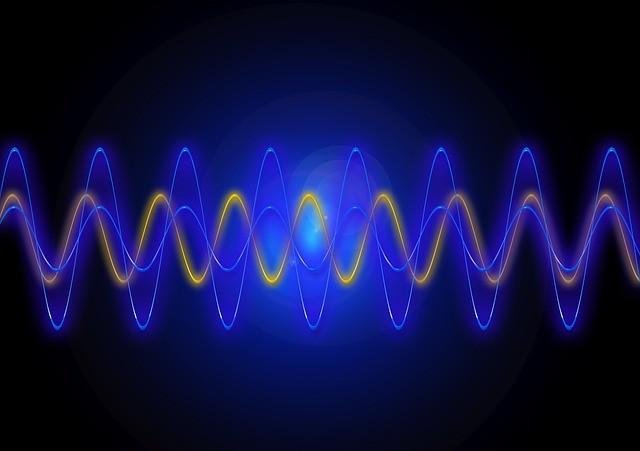
Learning media in general is a tool of teaching and learning process. Everything that can be used to stimulate the mind, feeling, attention and ability or skills of learners so as to encourage the learning process. These limits are broad and deep covering the notions of sources, environments, people and methods used for learning / training purposes.
Learning media, namely everything that can be used as a tool in order to support the efforts of the implementation of strategies or teaching methods, which leads to the achievement of teaching objectives.
Then developed a simple props related to the wave material whose products can be used by the teacher as a material to teach the wave model.
1. Understanding Waves
Waves are vibrations that propagate. The ideal shape of a wave will follow the sinusoide motion. In addition to electromagnetic radiation, and possibly gravitational radiation, which can travel through a vacuum, waves are also present on the medium (which due to form changes can produce a flexible restoring force) where they can travel and can transfer energy from one place to another without causing medium particles move permanently.
2. Types of Waves
Wave there are several types. Based on the medium of intermediary, the wave is divided into two types, namely:
a. Mechanical waves
Mechanical waves are waves that require a medium to propagate. Examples of mechanical waves include waves on rope, sea water waves, and sound waves.
b. Electromagnetic wave
Electromagnetic waves are waves that can propagate without going through the medium. Examples of electromagnetic waves are light waves, radio waves, and X-rays.
Based on the amplitude, the wave is divided into two, namely:
a. Wind Waves
A wave that has fixed amplitude is called a running (wind) wave. An example of a running wave is a wave that occurs on a string connected with a vibrating spring.
b. Standing wave (stationary)
Waves that have an arbitrary amplitude are called stationary waves. Stationary waves occur due to the combination of the incident wave and the reflected wave having the same frequency and wavelength. Examples of stationary waves are waves on guitar strings and violins.
Based on the direction of vibration, the wave is divided into two types, namely:
a. Transverse Waves
Notice again the rope wave image in Figure beside. As the wave moves forward, the rope moves back and forth (vibrating) from side to side. The direction of the wave motion turned out to be perpendicular to the direction of vibration. Such waves are called transverse waves. So on the transverse wave the direction of vibration wave perpendicular to the direction of its propagation.
b. Longitudinal Waves
What is the longitudinal waveform? Longitudinal waves can be observed in a long springs (slinky) that can be closed and stretched. Look figure beside! If the slinky end is closed, then released will be seen a different wave pattern with transverse waves.
The area of the spring that is more dense than the surrounding is called density, while the more elliptical regions are called renggangan. Such waves are called longitudinal waves. In the logitudinal wave the direction of vibration of the wave parallel to the direction of its propagation. The sound waves you hear are also longitudinal waves. In accordance with the definition of wavelength, the wavelength of the longitudinal wave is the distance between two densities or two adjacent renggangan.
Simple media model created

Tools and Materials needed :
a. Tool:
- The ruler
- Scissors
- 2 Sewing needles
b. Material:
- 1.5 liter mineral water bottles
- 1 roll nylon rope for fishing
- Plastic straw diameter 4 mm
- Water
Work steps to create miniatures:
a. For every 1 stem wave (4 pieces of straw):
Divide the straw as much as 2 (two) pieces. Then input one of the chopped straws into the other one, as shown below.

Insert from tip to half part of suction straw (step at no 1) into whole straw. Repeat the step on one end of the other.
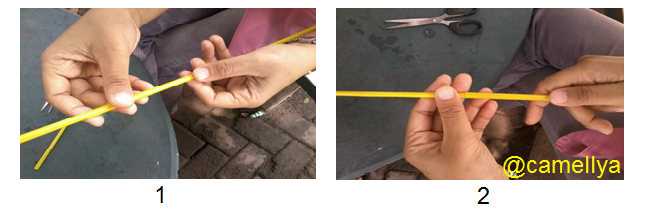
b. For short stems (3 pieces of straw)
Splitting straws as much as 2 (two) pieces. Then input one of the straws that had been split into the other one.

Enter the straw that has been split into the straw that is still intact all of it, then cut the straw with the size of 1.5 cm as in the following picture.

c. Forming a series:
- Connecting stem waves using nylon needle and nylon rope as shown below :
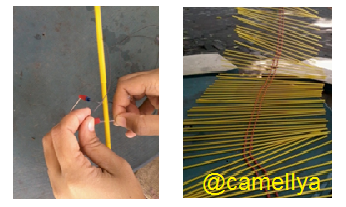
- Before using the waveform model, hang a wave model to adjust the bar-rod balance of the wave model. If the stem waves are unbalanced, check the strain tension or if unbalanced insert a short straw into the lightweight straw / stem crack to balance the straws.
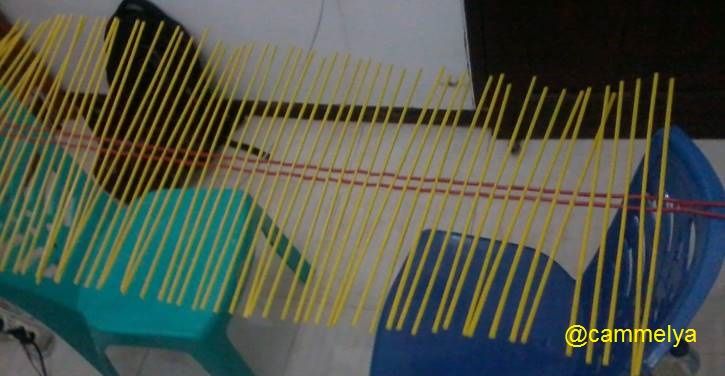
Swing one end of the straw wave model, then observe the movement and write in the table!
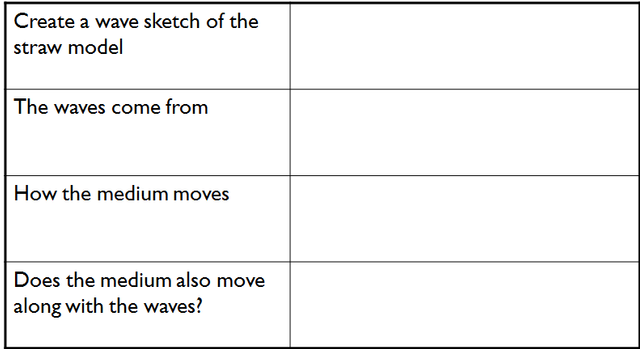
Discussion
• The straws are the place for wave propagation in the above model, called the medium.
• Medium particles ie stems only move up and down as the waves pass.
• So the medium particles do not move along with the waves, but only vibrate when the waves pass.
Conclusion
- Waves are vibrations that propagate. Waves move vibrational energy from one place to another. The wave medium does not move, only vibrates around its equilibrium point as the waves pass.
- Based on the medium, waves can be classified into mechanical and electromagnetic waves.
- Waves can also be classified into transverse waves and longitudinal waves when based on the direction of vibration against the wave propagation direction.
Sources :
Logitudinal-and-transverse-waves
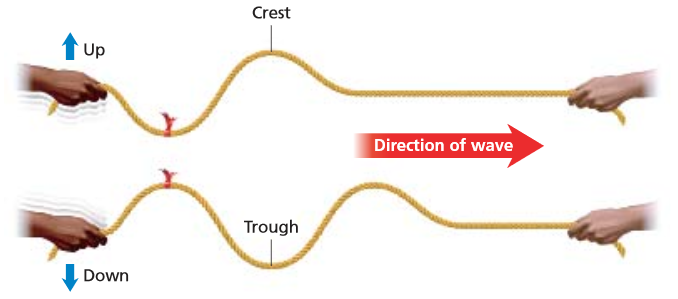
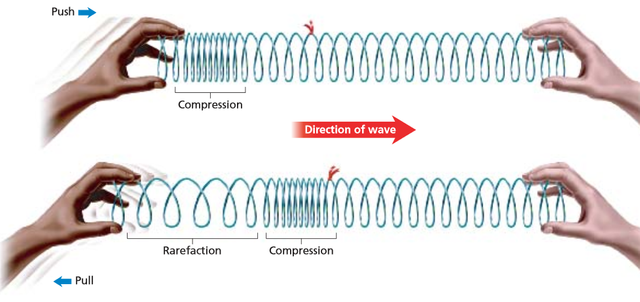
I noticed in some of your posts you plagiarize. This won't get you any votes of value while you're on the blacklist. Although you do put your sources at the bottom, you must put quotations around the text that isn't written by you.
Thanks @mobbs i will follow like your instruction...thanks so much...cause i dont know more the rules before...
Feel free to message your next improved post to me on steemit.chat for review!
Thanks...i was chat u on steemit.chat